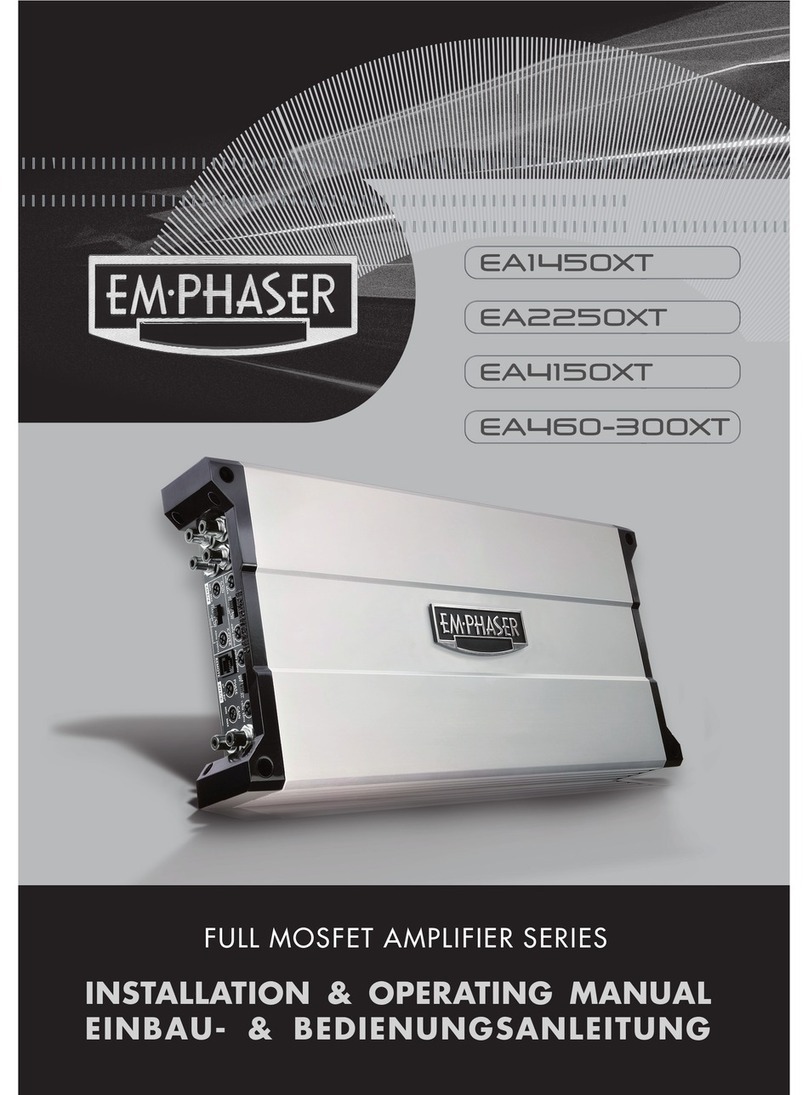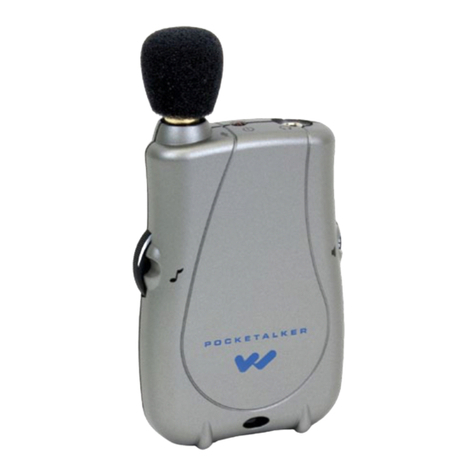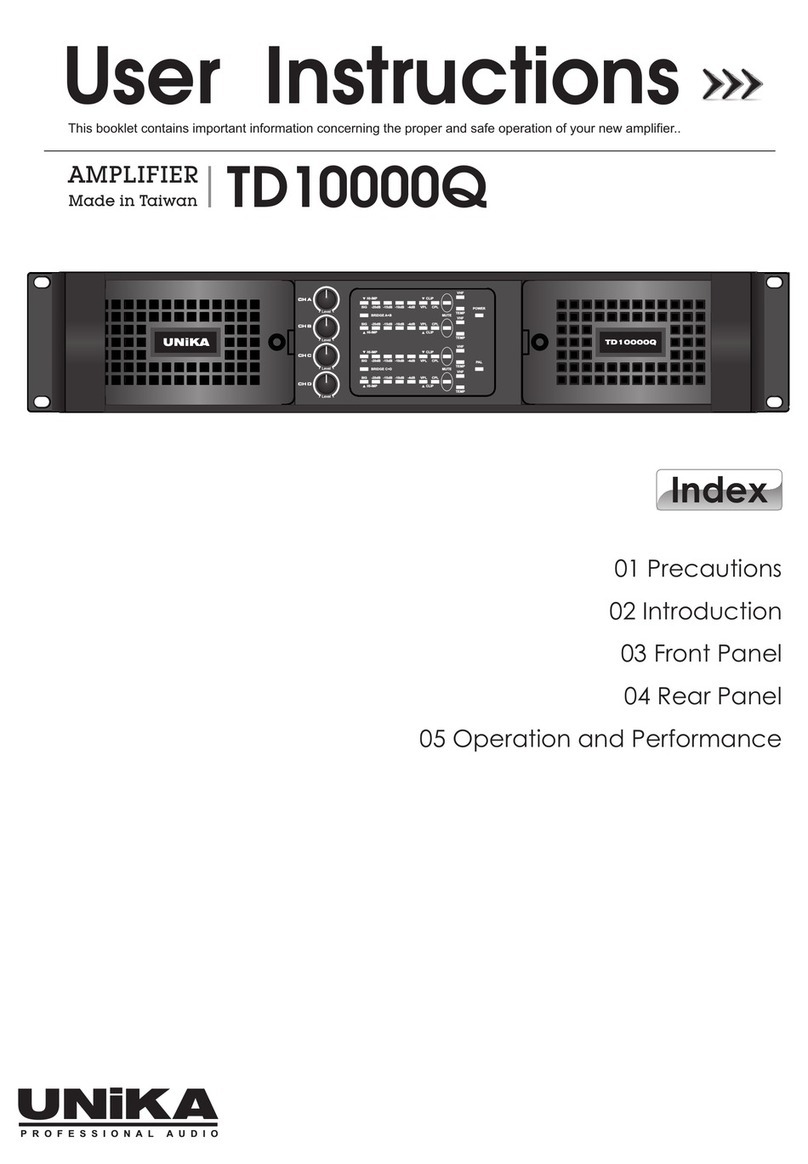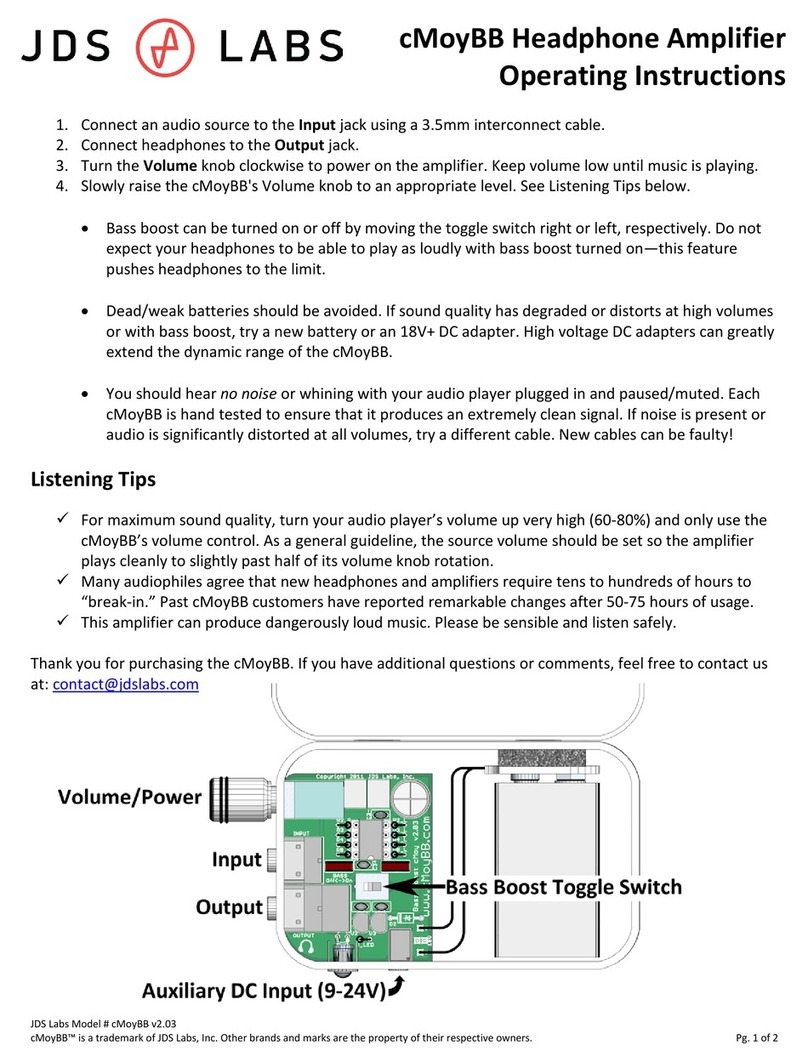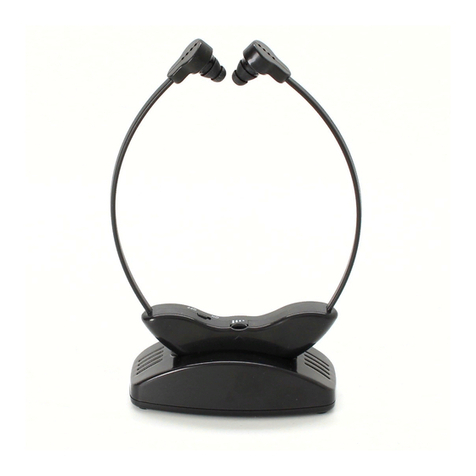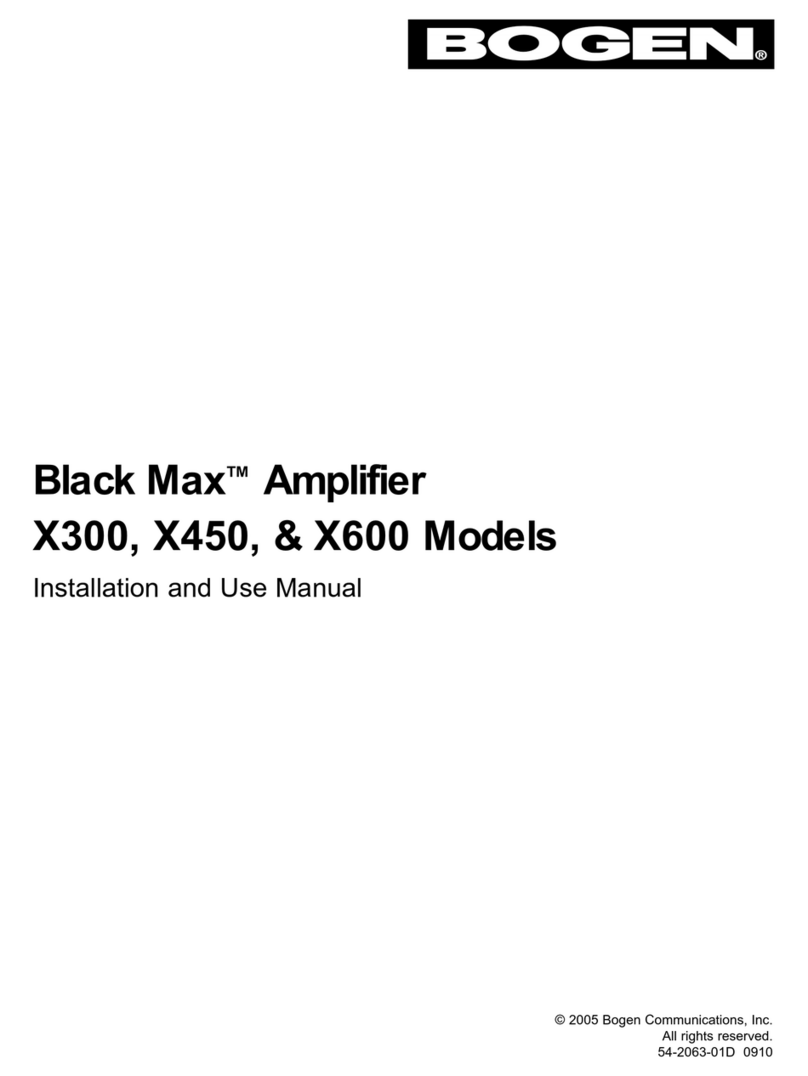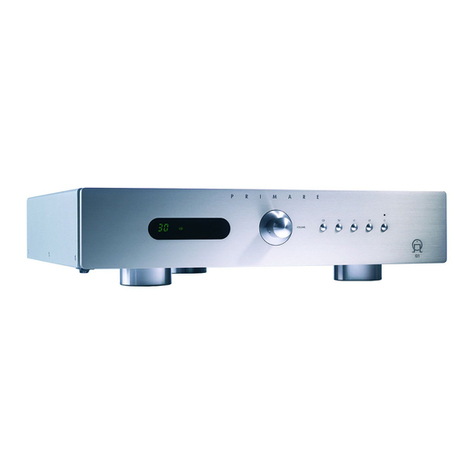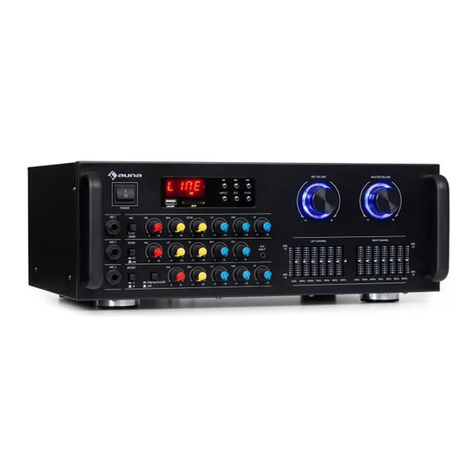EMPHASER EA1500FLX User manual




















Table of contents
Languages:
Other EMPHASER Amplifier manuals
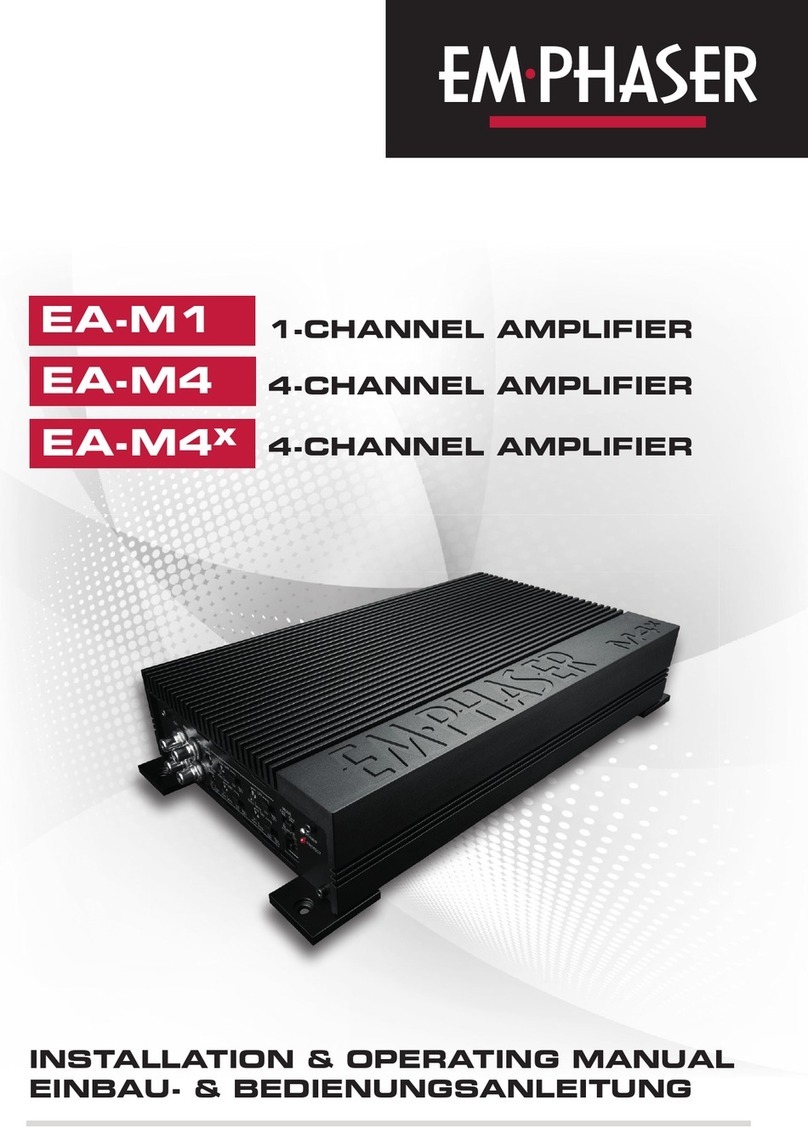
EMPHASER
EMPHASER EA-M1 Installation instructions
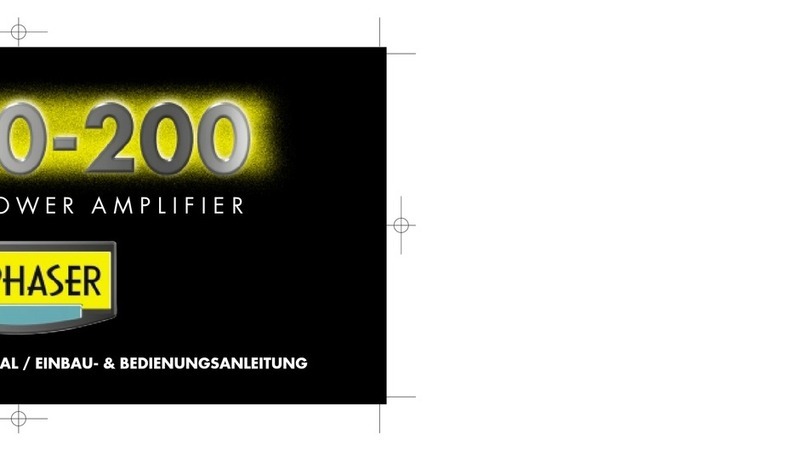
EMPHASER
EMPHASER EA490-200 Installation instructions

EMPHASER
EMPHASER EA1800D Installation instructions
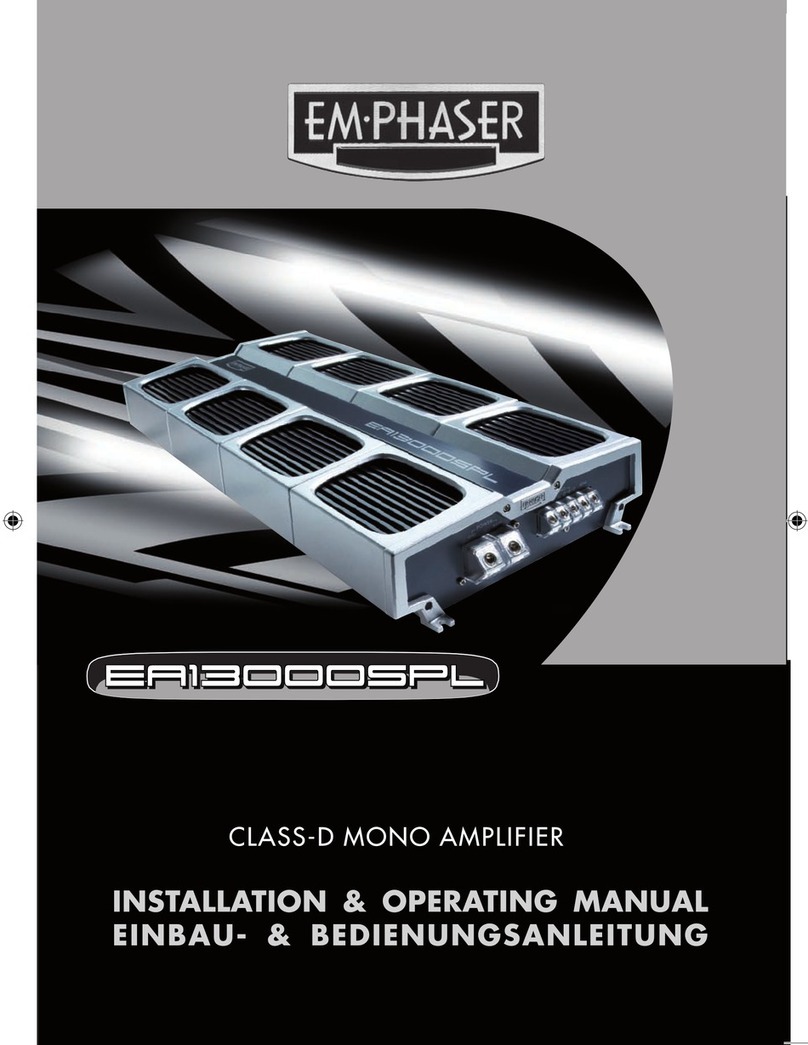
EMPHASER
EMPHASER EA13000SPL Installation instructions
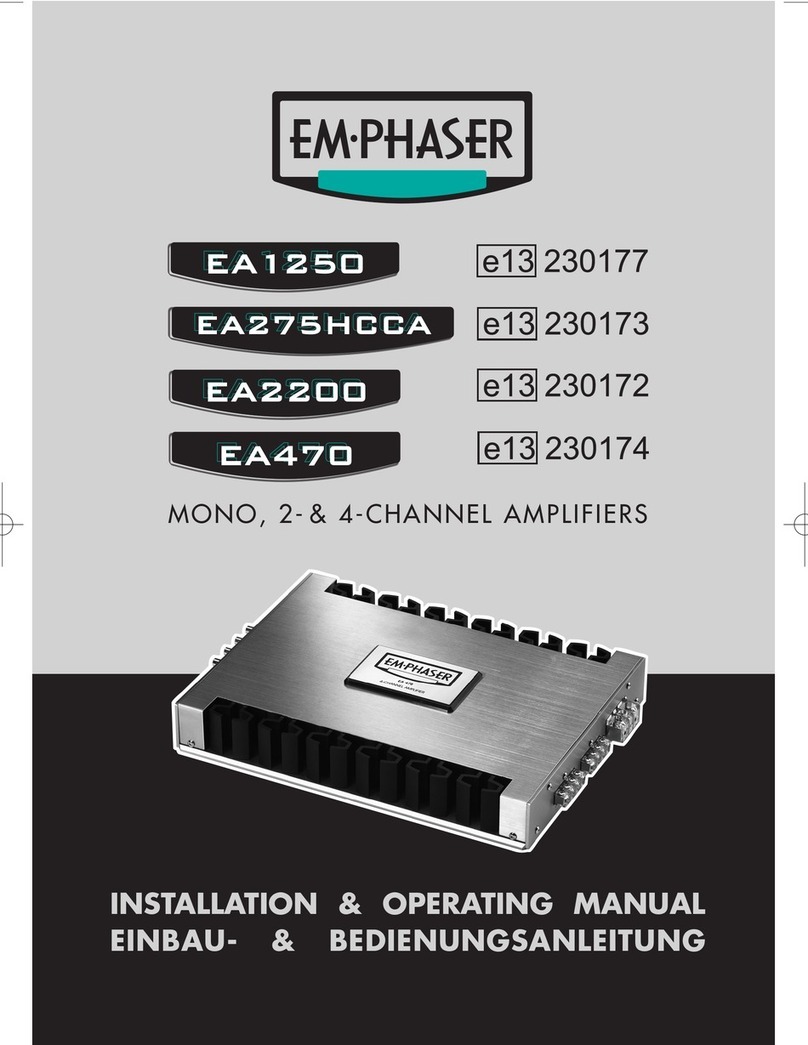
EMPHASER
EMPHASER EA1250 Installation instructions
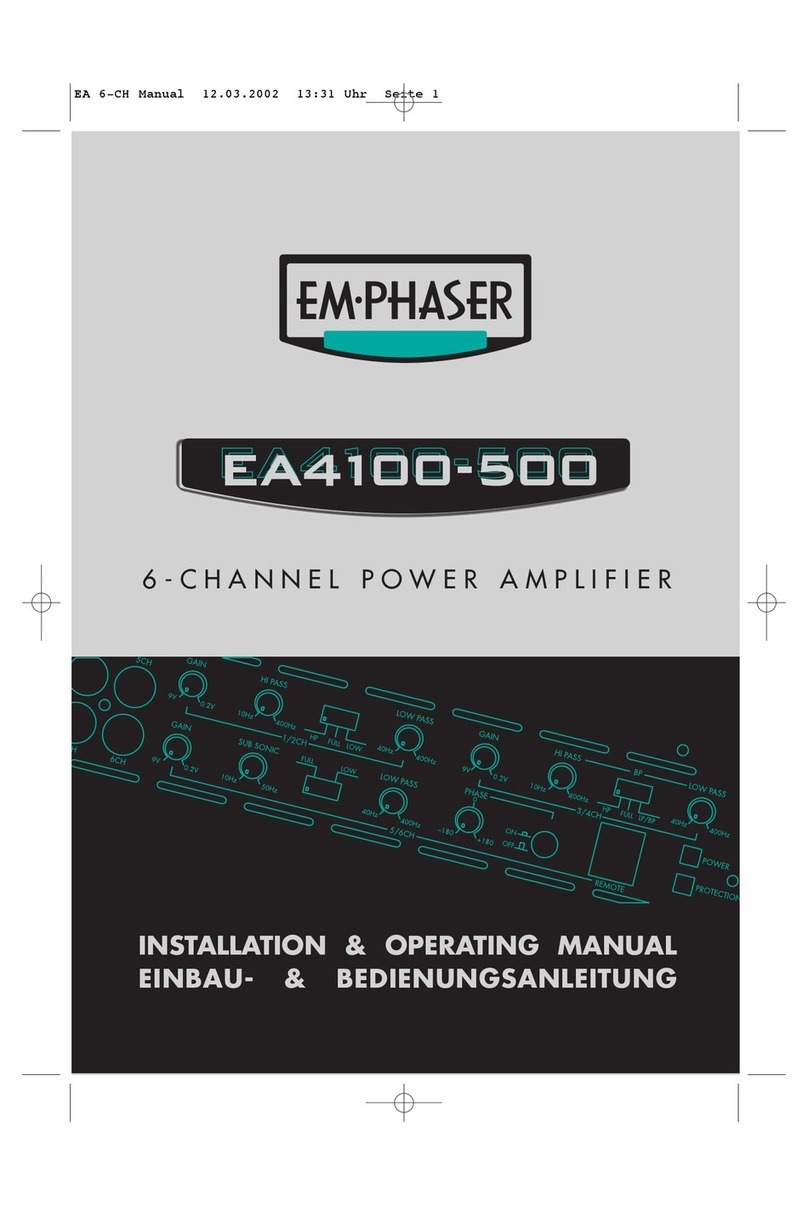
EMPHASER
EMPHASER EA4100-500 Installation instructions
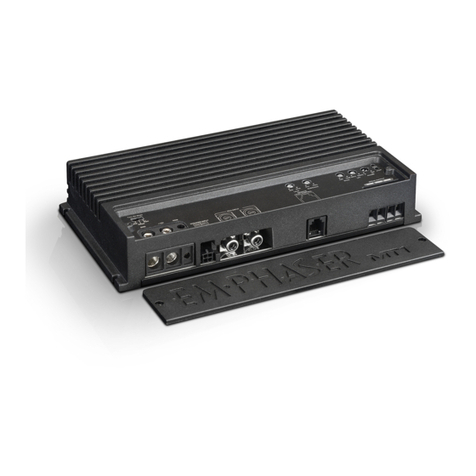
EMPHASER
EMPHASER EA-MT1 Installation instructions
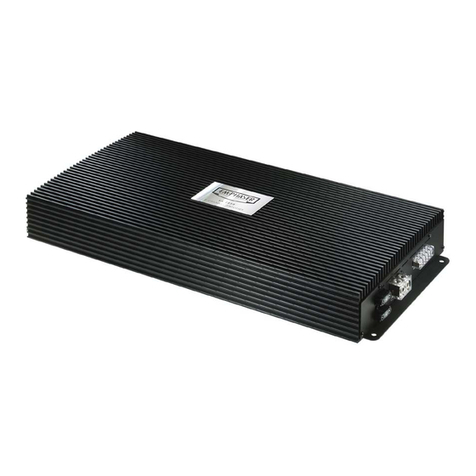
EMPHASER
EMPHASER EA2350 Installation instructions
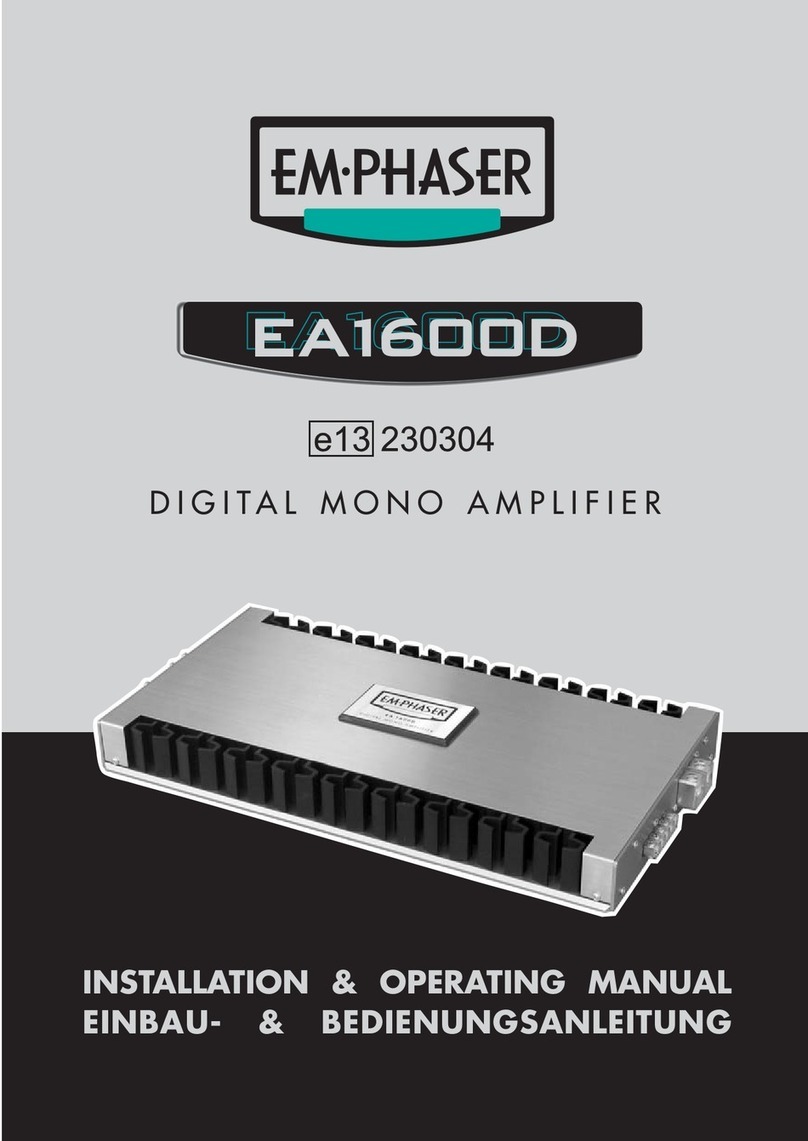
EMPHASER
EMPHASER EA1600D User manual
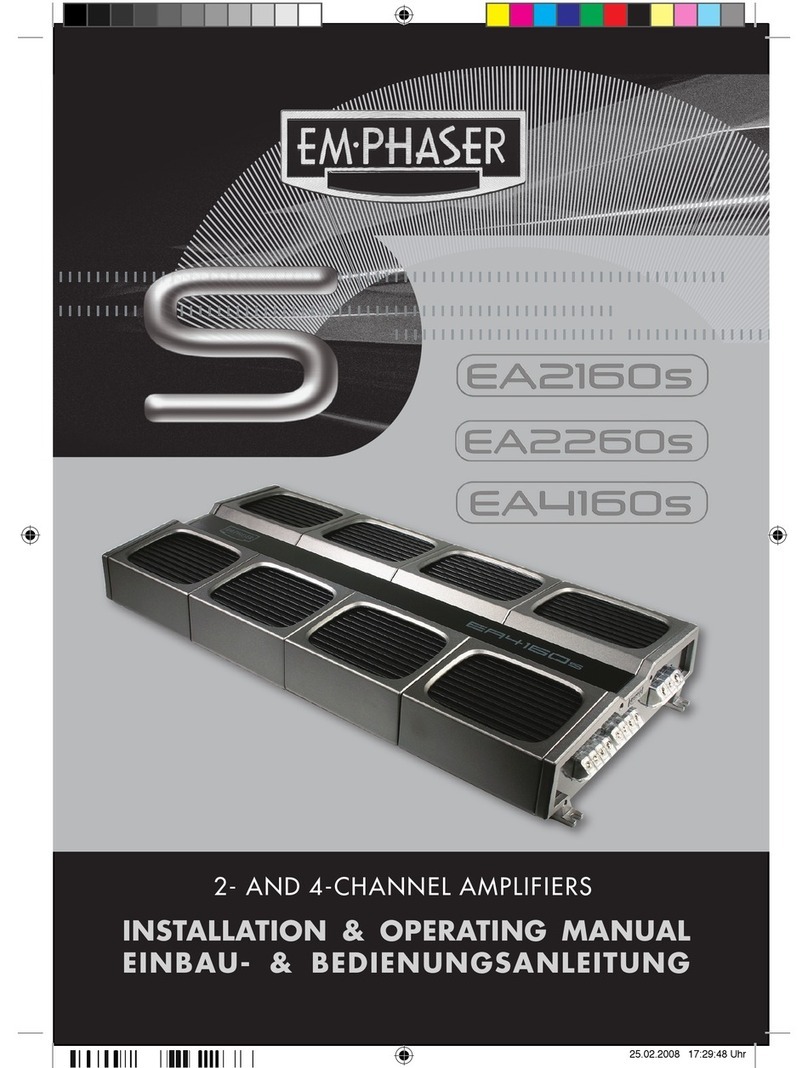
EMPHASER
EMPHASER EA2160S Installation instructions
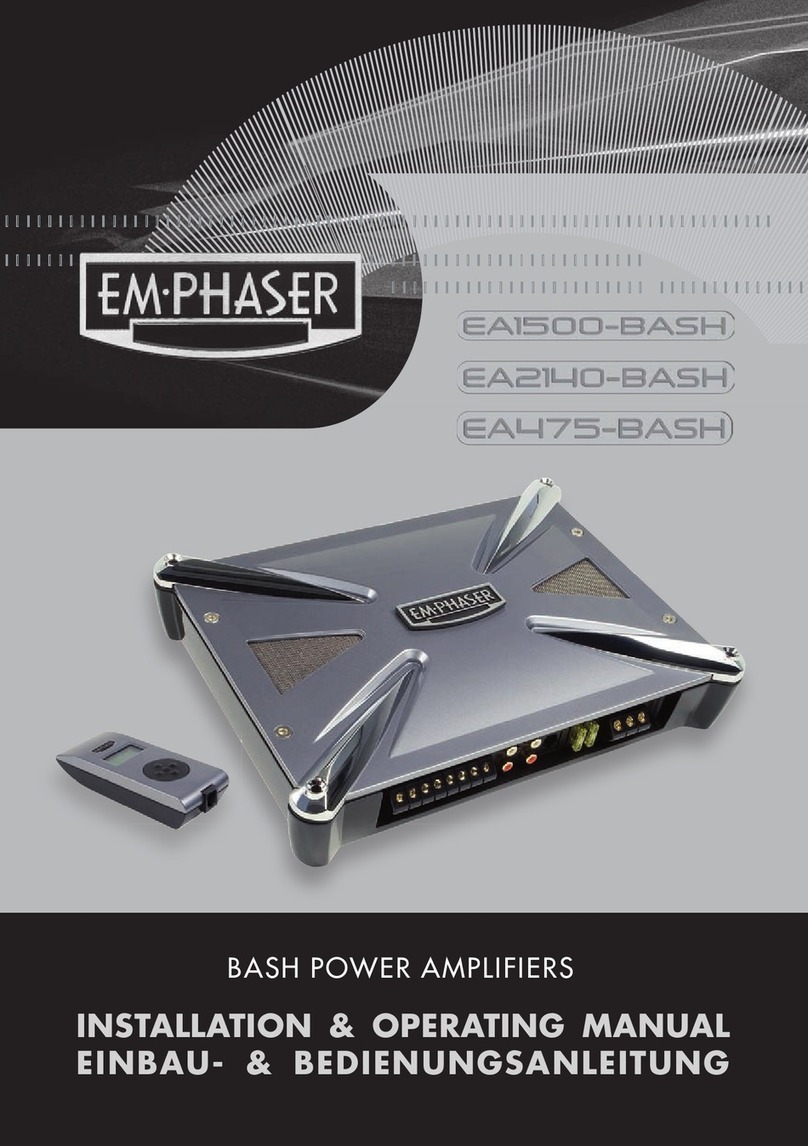
EMPHASER
EMPHASER ea1500-Bash Installation instructions
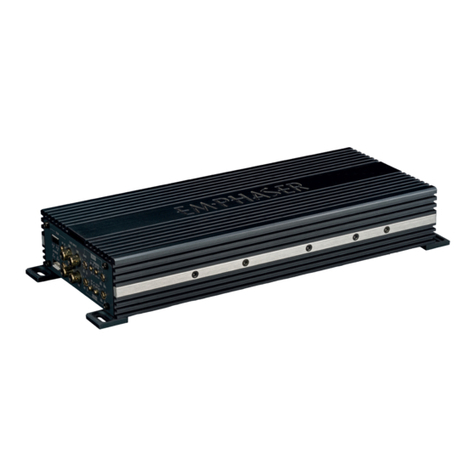
EMPHASER
EMPHASER EA-S2 Installation instructions
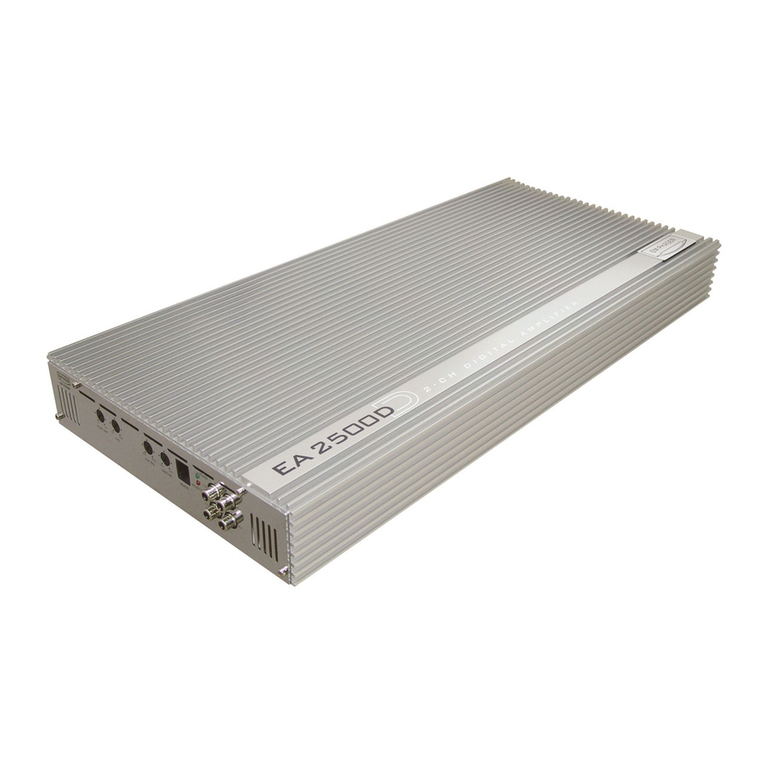
EMPHASER
EMPHASER EA2500D Installation instructions
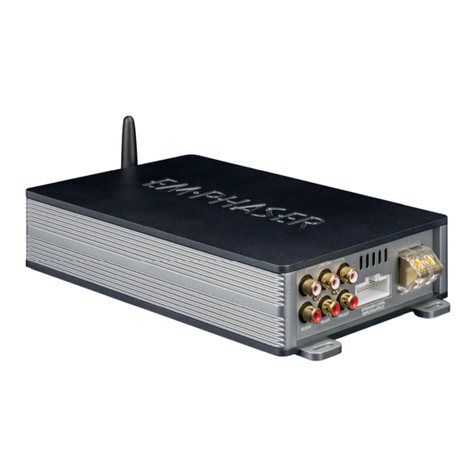
EMPHASER
EMPHASER EA-D500 Installation instructions
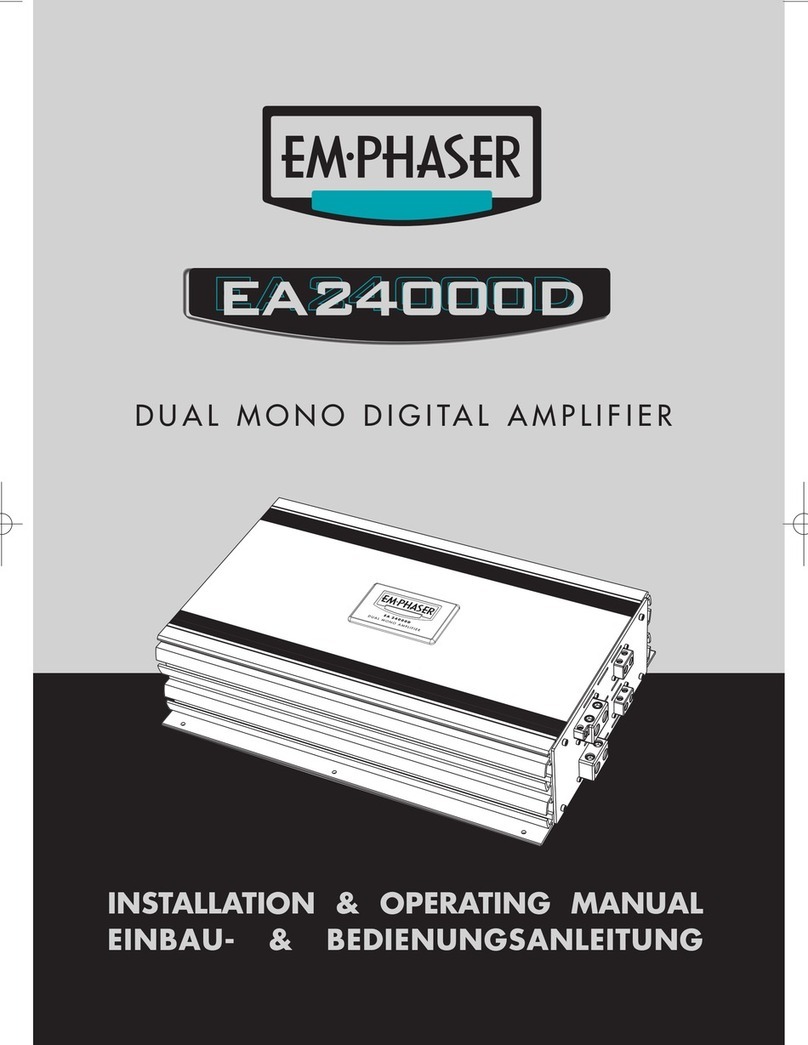
EMPHASER
EMPHASER EA24000D Installation instructions
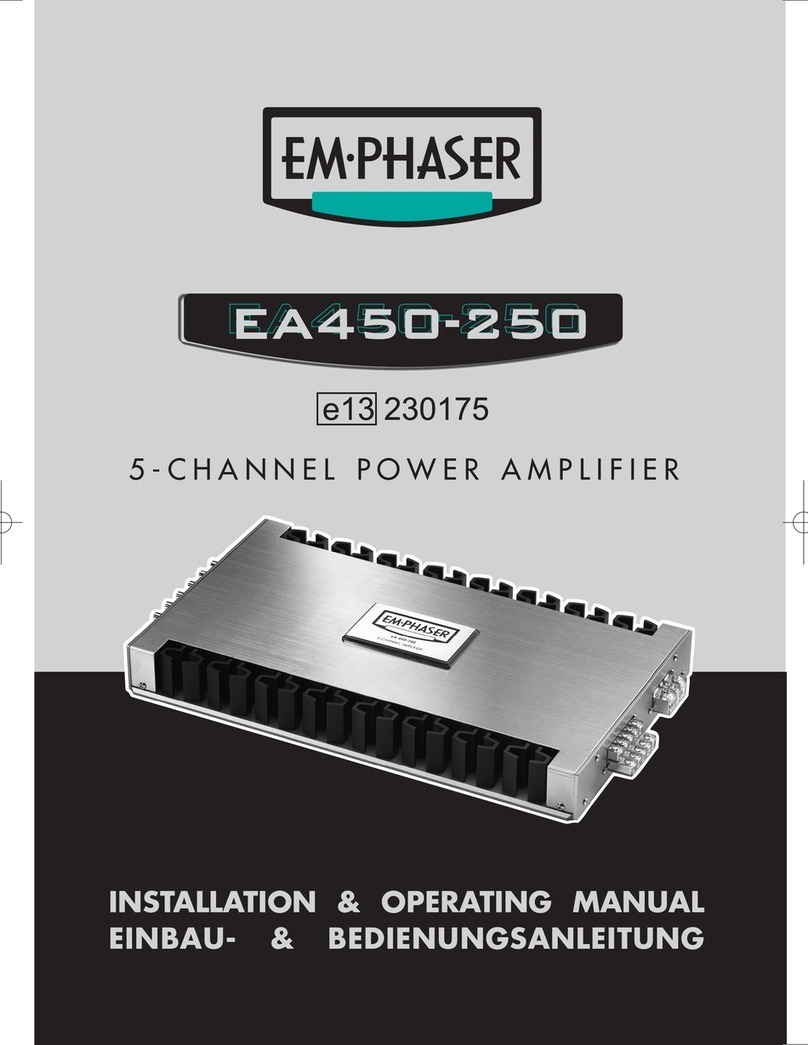
EMPHASER
EMPHASER EA450-250 Installation instructions
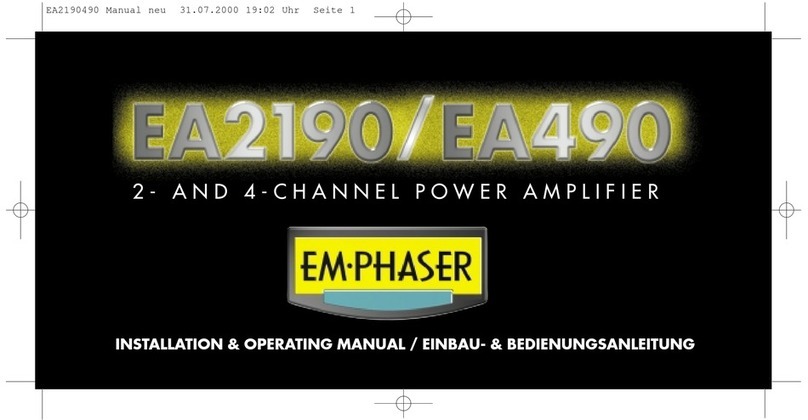
EMPHASER
EMPHASER EA2190 Installation instructions
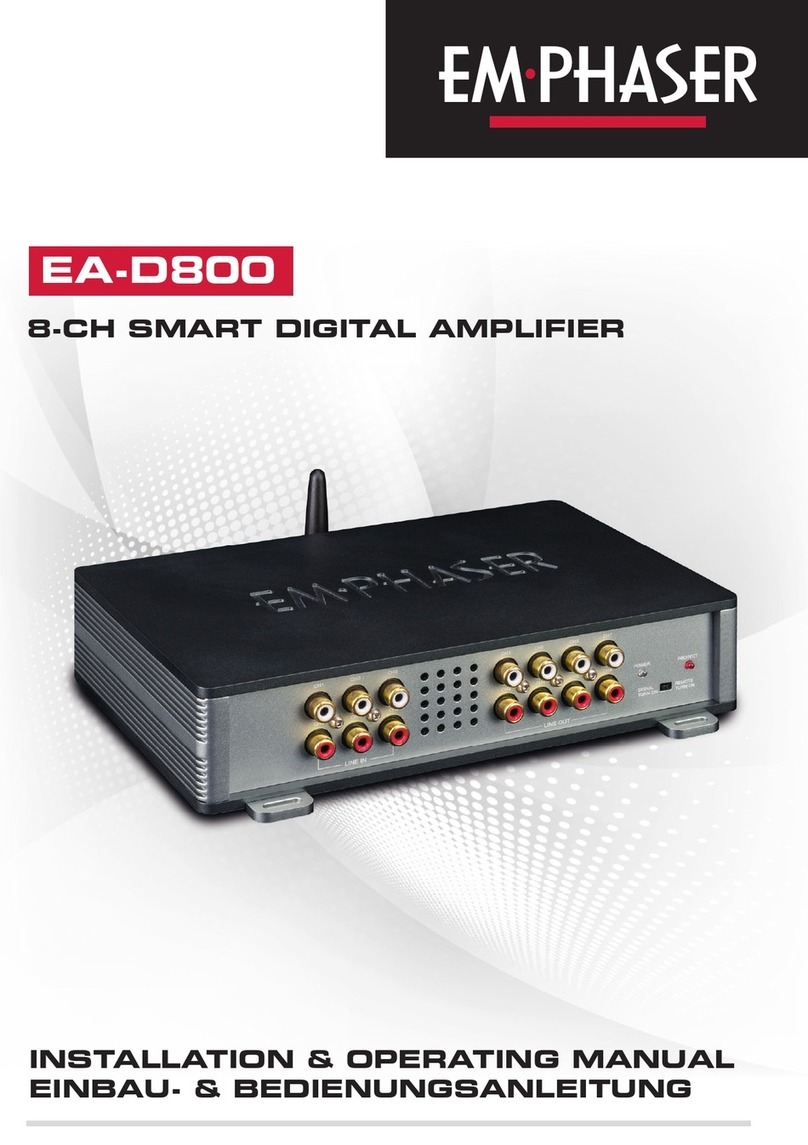
EMPHASER
EMPHASER EA-D800 Installation instructions
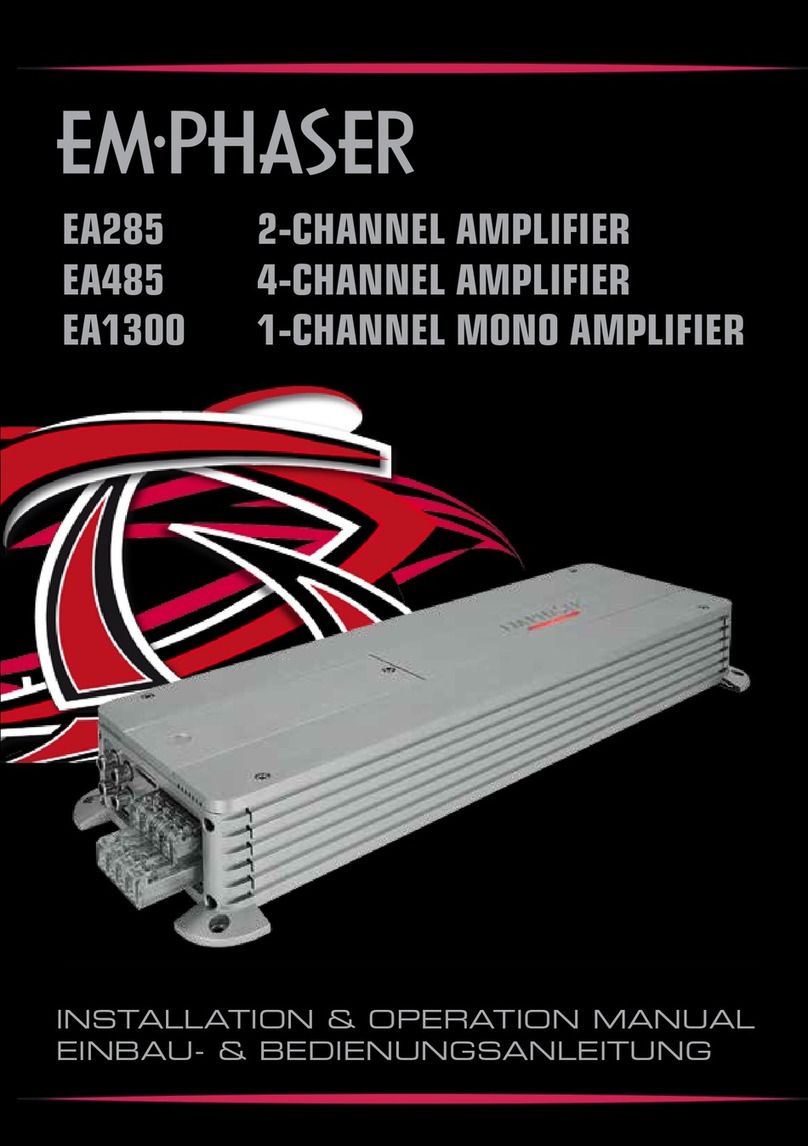
EMPHASER
EMPHASER EA285 Instruction Manual
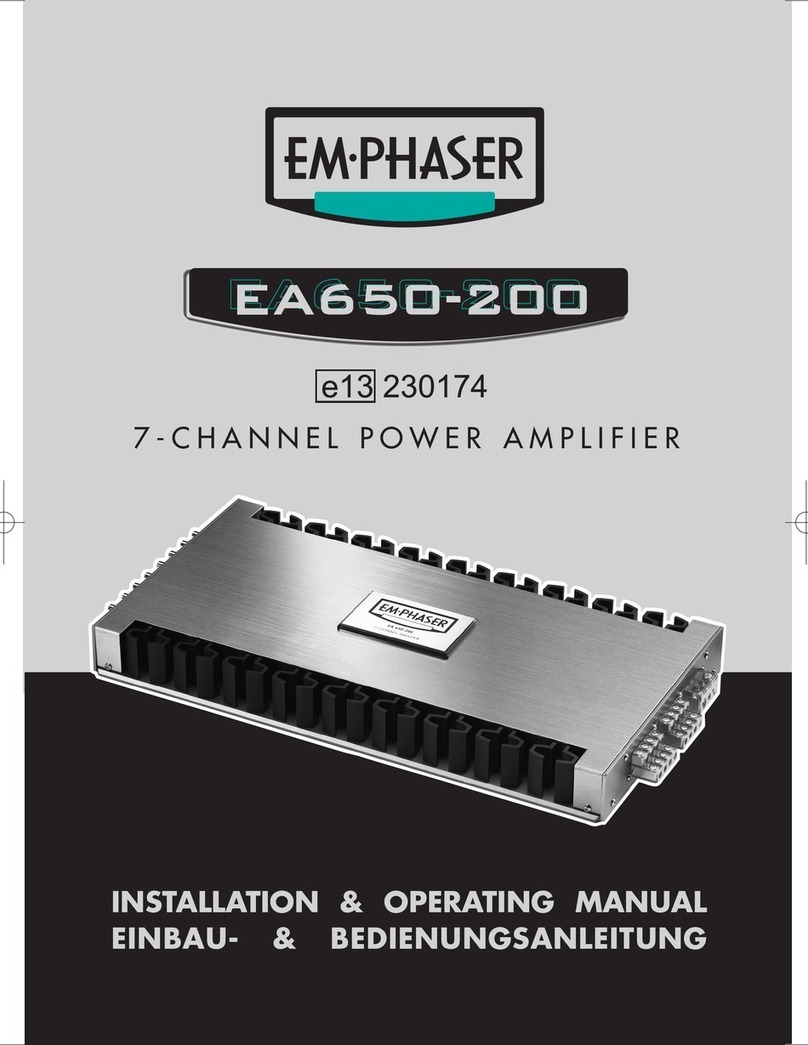
EMPHASER
EMPHASER EA650-200 Installation instructions
Popular Amplifier manuals by other brands
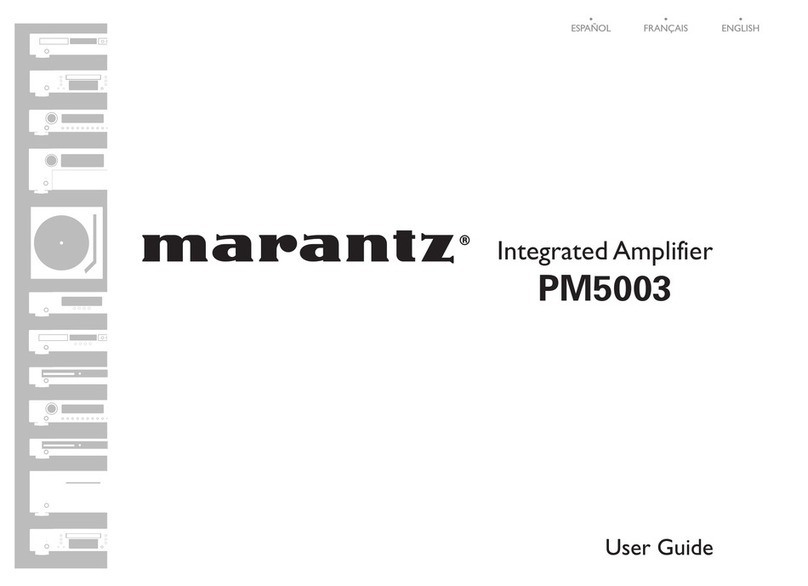
Marantz
Marantz PM5003 Guía del usuario
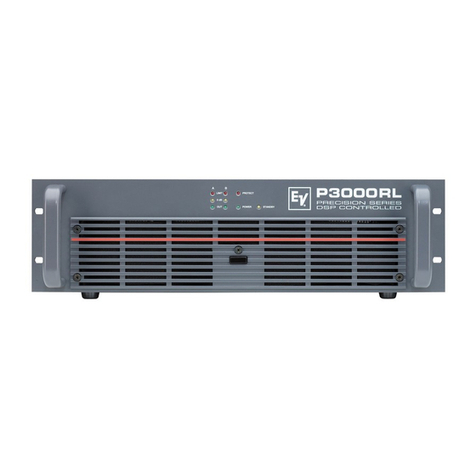
Electro-Voice
Electro-Voice Precision P3000 RL owner's manual

Linea Research
Linea Research 44 Series user guide
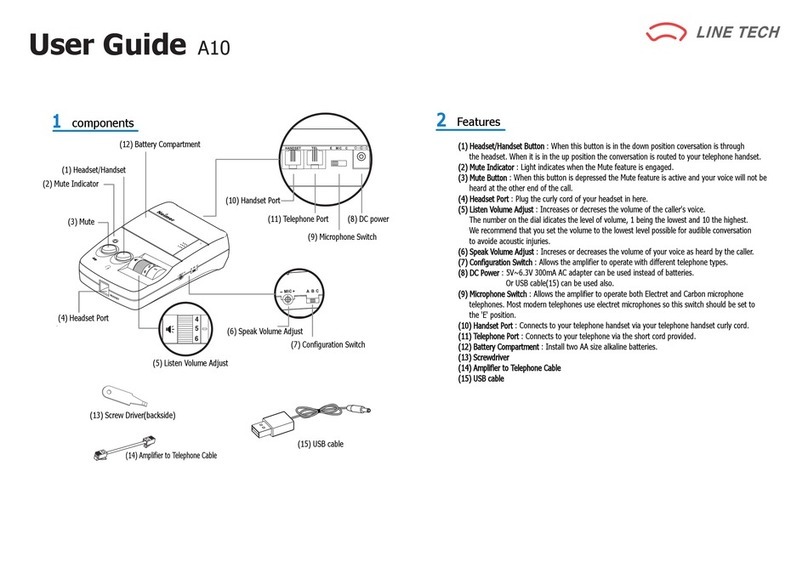
Line Tech
Line Tech Neimer A10 user manual

Opus Technologies
Opus Technologies DCL20-PLUG Installation and user manual

YOKOGAWA
YOKOGAWA YewSeries 80 SDBT Style S user manual
